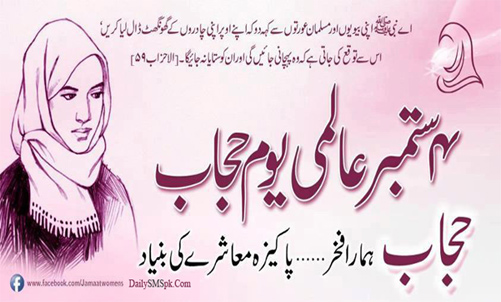ISLAMIC CULTURAL CENTERS. In 1973 the Suleymanll movement began to found Islamic Cultural Centers (Islam Kfiltiir Merkezleri Birligi) in Germany and other countries to organize labor migrants from Turkey and meet their religious needs. With 313 communities and about 18,000 members, the Association of Islamic Cultural Centers became one of the largest associations of Turkish workers in Germany. In I98o, there were also fifteen Islamic Cultural Centers in the Netherlands, nine in Austria, six in Switzerland, two in Denmark, and one each in Sweden, Belgium, and France. The influence of these other nongovernmental Muslim organizations has decreased, however, since the Turkish Islamic Union of the Office for Religion (Diyanet Isleri Tiirk-Islam Birligi) started to organize Turkish Muslim communities in Germany and other European countries in the I980s.
The Suleymanll movement, today with around 300,000 members in Turkey, originated with Sfileyman Hilmi Tunahan (1888-1959). A member of the Naqsh-bandi, a Sufi order, Tunahan founded a traditionoriented, fundamentalist movement for the revival of Islam. It presses for Qur’an courses and for a reestablishment of the shad `ah and caliphate in Turkey. Like the Naqshbandis, the Suleymanlis are Sunnis and tend to the Hanafi dogma and the orthodox theology of Mahmfid al-Maturidi al-Samarkandi (d. 944). The Sfileymanhs believe that they can find enlightenment only through the mediation of Tunahan by the ritual of rdbitah (mystical union). The dogma is clandestine, known totally only by the shaykh himself and revealed partially to believers. The Suleymanli movement was forbidden from time to time in Turkey because of its anti-laicist tendencies. It is alleged to have developed a camouflage ideology, which encourages followers to infiltrate other groups and, for tactical reasons, to express views they do not really hold.
The Islamic Cultural Centers are organized strictly hierarchically as an association of communities subordinated to the Islamic Cultural Center in Cologne, Germany. Two basic structures are to be distinguished: the inner circle formed by the members of the Suleymali movement and the outer circle by the members of the Association of Islamic Cultural Centers. In I98o the Islamic Cultural Centers were accused, particularly by the German Trade Unions (DGB), of advocating Islamic fundamentalist and ultraright positions in their Turkish language papers while stressing in their German publications their desire for integration, cooperation with the state authorities, and recognition of the constitution of the Federal Republic. Since the end of the 1980s, some authors point out that the Islamic Cultural Centers are well accepted by other Muslim organizations, that the Islamic lessons they offer to the outer circle enjoy a good reputation, and that political concepts are propagated especially within the inner circle. In 1979 the Islamic Cultural Center in Cologne made an application for recognition as a “public law body,” but the application was refused.
[See also Germany.]
BIBLIOGRAPHY
Gerholm, Thomas, and Yngve Georg Lithman, eds. The New Islamic Presence in Western Europe. London and New York, 1988. Collection of essays on the institutionalization of Islam in various countries and on the changes in the religious experience through migration.
Ozcan, Ertekin. Turkische Immigrantenorganisationen in der Bundesrepublik Deutschland. Berlin, 1989. Insightful study of political organizations and political orientations among Turkish immigrants in Germany.
HANNs THOMA-VENSKE
